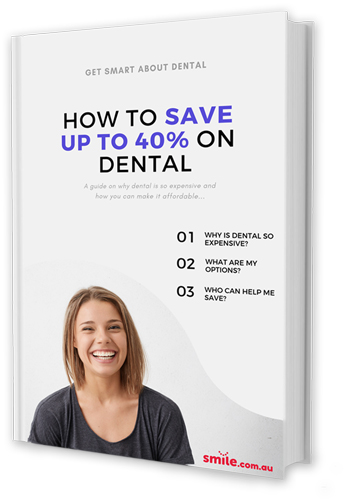Adult Teeth & Tooth Eruption
Reviewed June 2024 by Our Content Experts
Most people have two sets of teeth during their life: a set of primary or 'baby' teeth and the permanent or 'adult' teeth.
Besides helping children chew and pronounce words, the primary teeth hold a place in the jaws for the permanent teeth which begin to push through the gums as the primary teeth are shed.
While most children have 20 primary teeth - 10 in each of the upper and lower jaws - these teeth eventually are replaced by 32 permanent teeth, 16 in each jaw.
Permanent Teeth
The first permanent molars usually erupt between ages 6 and 7 years. For that reason, they often are called the 'six year molars'. They are among the 'extra' permanent teeth in that they don't replace an existing primary tooth. These important teeth sometimes are mistaken for primary teeth. However, they are permanent and must be cared for properly if they are to last throughout the child's lifetime. The six year molars also help determine the shape of the lower face and affect the position and health of other permanent teeth.
Most children have 28 of their permanent teeth by age 13 years. These include four central incisors, four lateral incisors, eight premolars, four canines and eight molars.
Third Molars - Wisdom Teeth
The last of the permanent teeth to appear are called 'third molars' or 'wisdom teeth'. They usually begin to erupt pushing their way through the gums between ages 17 and 21 years. Because they are so far back in the mouth, third molars often are not needed for chewing and are difficult to keep clean. Smile dentists may recommend their removal to prevent potential complications when third molars are erupted partially or are impacted.
Heredity and other factors may influence the approximate ages at which children's primary teeth shed and their permanent teeth emerge.
Oral Care for Permanent Teeth
Thorough brushing and flossing help remove food particles and plaque (a sticky film of bacteria) from the smooth surfaces of teeth. But toothbrush bristles can not reach into the pits and fissures (depressions and grooves) of the chewing surfaces to remove food and plaque.
Dental sealants protect these vulnerable areas by sealing out debris and plaque bacteria. A sealant is a plastic material that usually is applied to the chewing surfaces of the back teeth - premolars and molars - where decay occurs most often. The plastic resin bonds into the pits and fissures of the chewing surfaces of back teeth. The sealant acts as a barrier, protecting enamel from plaque and acids.
Protect permanent teeth by brushing twice a day with a fluoride toothpaste that has an ADA seal of acceptance, cleaning between teeth once a day with floss or another interdental cleaner and scheduling regular dental visits.

